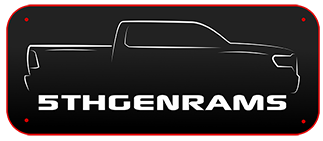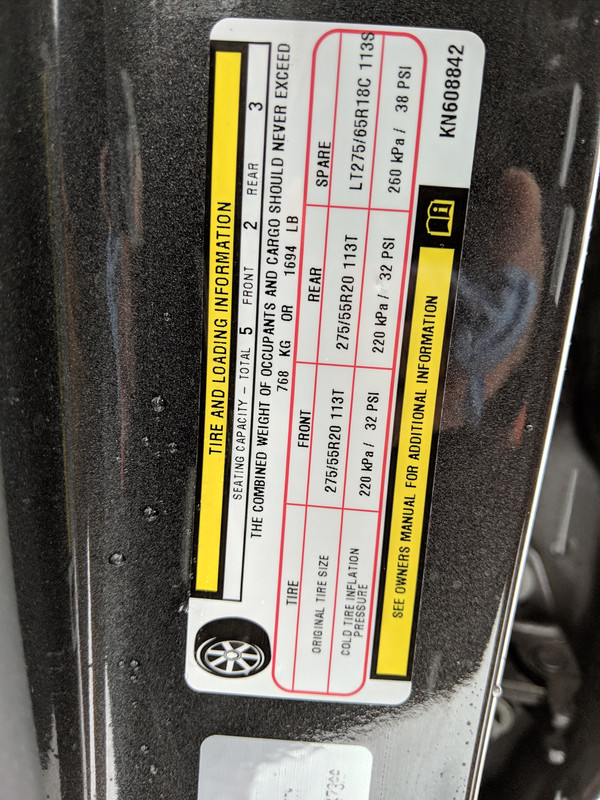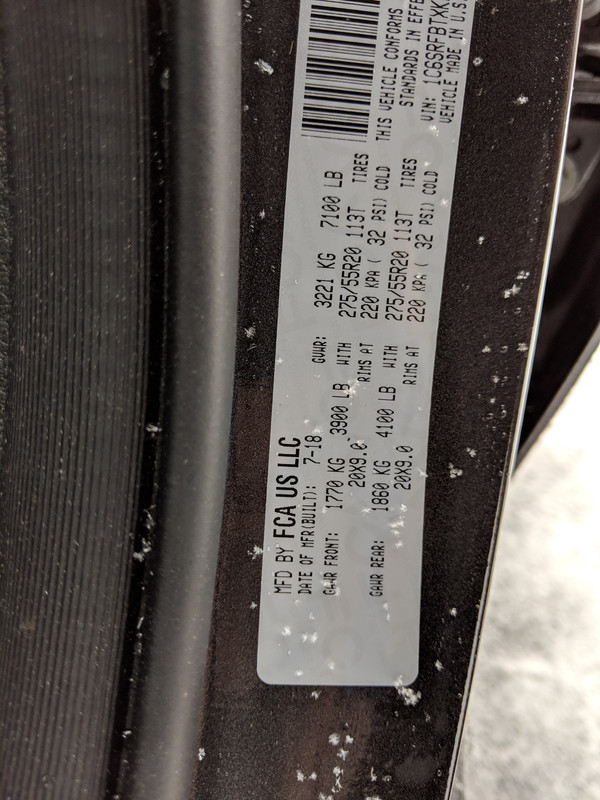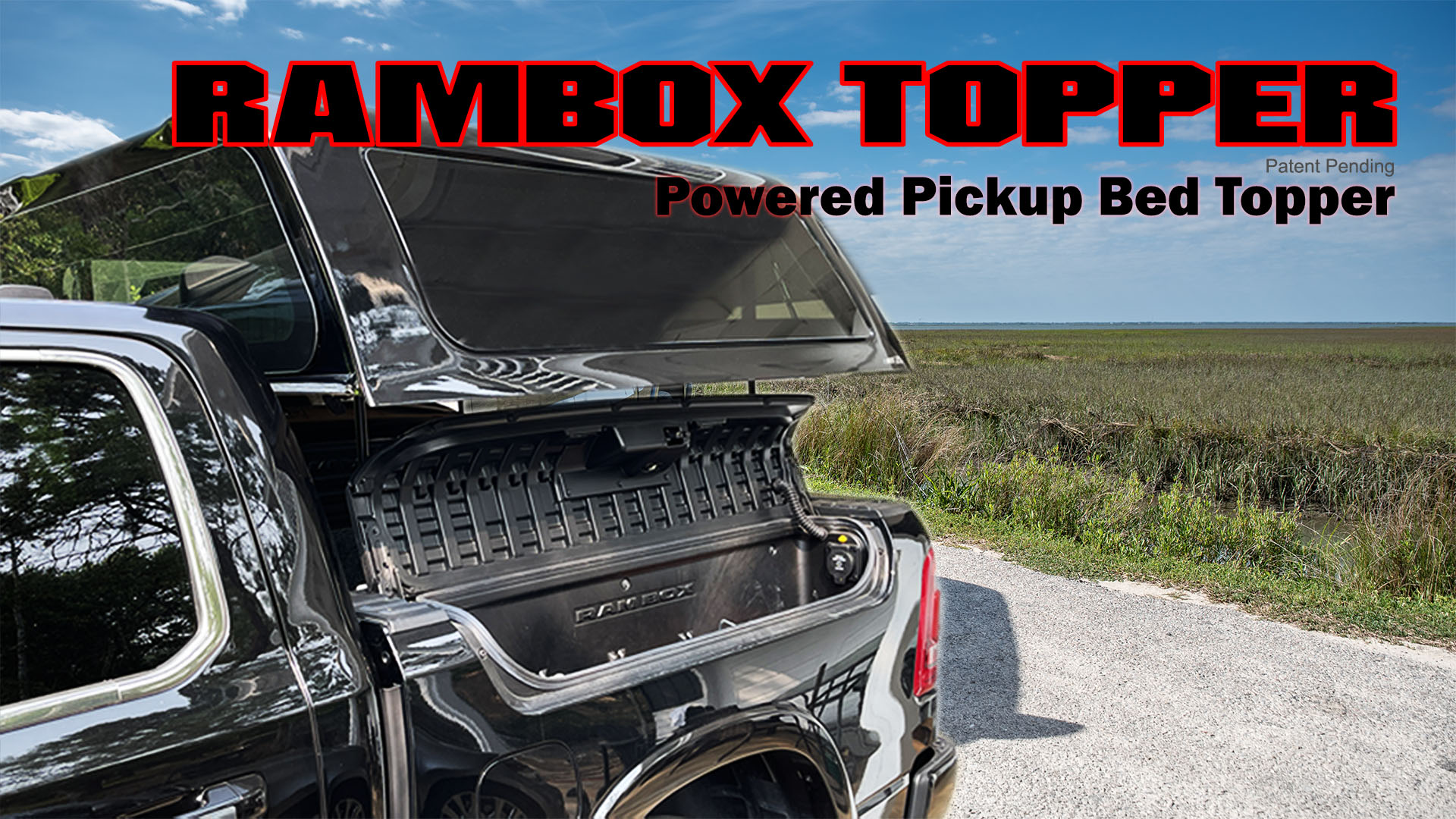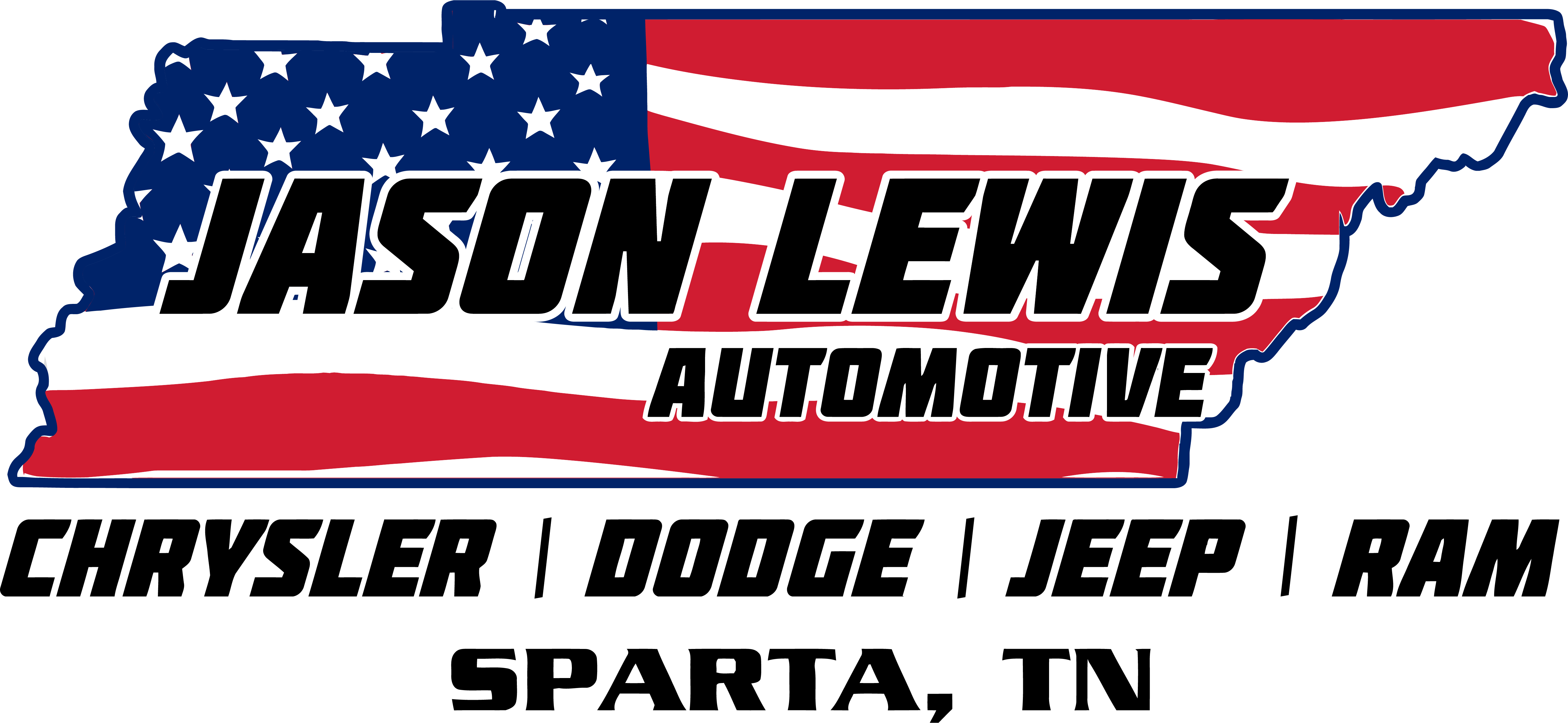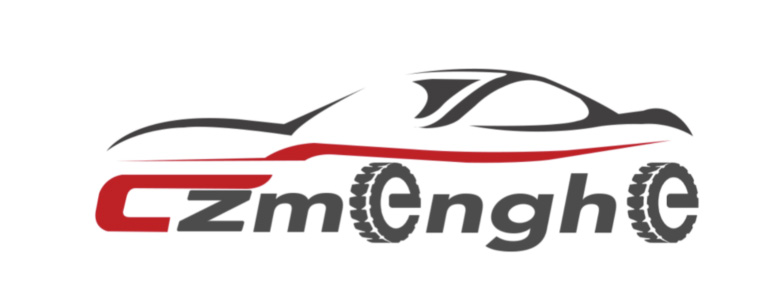Johnvan
Active Member
- Joined
- Jan 17, 2019
- Messages
- 109
- Reaction score
- 96
- Points
- 28
- Age
- 53
I am not getting in tothe specifics, we do that in many other threads.
But look at it like this. You have a 13000 lb reciever, a 10000lb weight distribution hitch, you only bought a 7500lb ball and you bought the 3.21, so all you can really tow is 6250 lbs.
Note:all numbers and options are hypothetical, not actual or expressed.
It isn't the best number or part...it is your lowest rating...
You can by a Ram 4500...but it if you only buy a 3500lb ball, that's all ya got.
I absolutely agree. I'm not suggesting that we exceed a number that was derived from actual engineering and structural testing. For your hypothetical hitch ball I can see that the number came from SAE J684, my axle rating SAE J2200, my tow rating SAE J2807, my tire SAE J918 etc...
All I can find for the GVWR is that it is set by the manufacturer and can't exceed any of the other ratings and that they are free to under rate it. I like to have a deeper understanding of the numbers, not just accept them at face value. I guarantee that any large fleet commercial operator of planes, trains, trucks etc. will question published numbers as well if it impacts profitability.
Why is it 7100lbs? They can't make it 8000lbs (3900+4100) because you'll have guys loading a ton of stuff in the bed and not realizing they've exceeded the RAWR. They can't even come up with a special number for Weight Distribution use because there are too many variables with how it's setup and what type it is.
I'm comfortable exceeding the GVWR as long as I stay below the axle ratings since those numbers are meaningful for my application. As far as the urban legends go; it's not illegal, it won't void my warranty, my insurance will still pay out and I won't be sued. I've yet to find a single example of any of these things happening.
